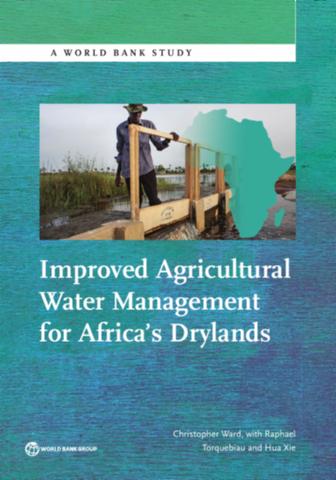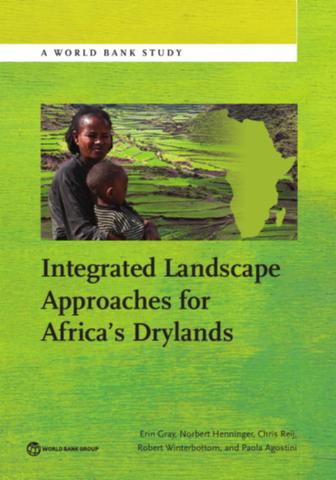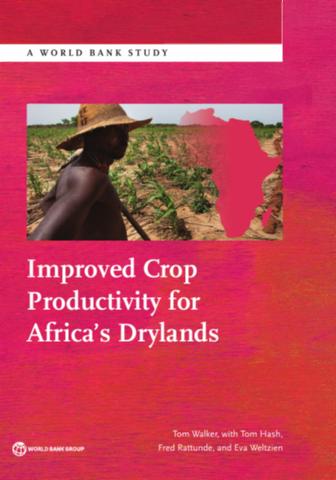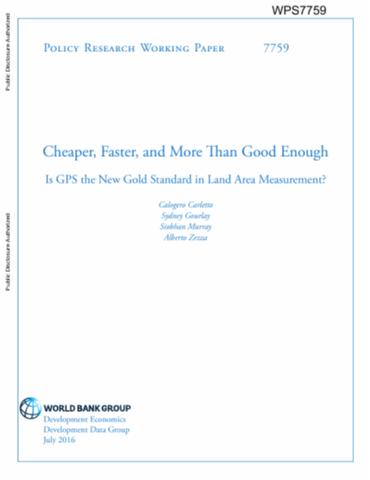The World Bank is a vital source of financial and technical assistance to developing countries around the world. We are not a bank in the ordinary sense but a unique partnership to reduce poverty and support development. The World Bank Group has two ambitious goals: End extreme poverty within a generation and boost shared prosperity.
- To end extreme poverty, the Bank's goal is to decrease the percentage of people living on less than $1.25 a day to no more than 3% by 2030.
- To promote shared prosperity, the goal is to promote income growth of the bottom 40% of the population in each country.
The World Bank Group comprises five institutions managed by their member countries.
The World Bank Group and Land: Working to protect the rights of existing land users and to help secure benefits for smallholder farmers
The World Bank (IBRD and IDA) interacts primarily with governments to increase agricultural productivity, strengthen land tenure policies and improve land governance. More than 90% of the World Bank’s agriculture portfolio focuses on the productivity and access to markets by small holder farmers. Ten percent of our projects focus on the governance of land tenure.
Similarly, investments by the International Finance Corporation (IFC), the World Bank Group’s private sector arm, including those in larger scale enterprises, overwhelmingly support smallholder farmers through improved access to finance, inputs and markets, and as direct suppliers. IFC invests in environmentally and socially sustainable private enterprises in all parts of the value chain (inputs such as irrigation and fertilizers, primary production, processing, transport and storage, traders, and risk management facilities including weather/crop insurance, warehouse financing, etc
For more information, visit the World Bank Group and land and food security (https://www.worldbank.org/en/topic/agriculture/brief/land-and-food-security1
Resources
Displaying 251 - 255 of 4907Improved Agricultural Water Management for Africa’s Drylands
Dryland regions in Sub-Saharan Africa are home to one-half of the region’s population and three-quarters of its poor. Poor both in natural resources and in assets and income, the inhabitants of drylands are highly vulnerable to droughts and other shocks. Despite a long history of interventions by governments, development agencies, and civil society organizations, there have been no sustained large-scale successes toward improving the resilience of drylands dwellers.
Integrated Landscape Approaches for Africa’s Drylands
Integrated Landscape Approaches for Africa’s Drylands presents emerging findings on the importance of moving beyond single-sector interventions to embrace integrated landscape management that takes into account the health of the ecosystems that support human livelihoods and contribute to the resilience of rural communities in Sub-Saharan African drylands. Integrated landscape management is particularly important for these drylands because people depend on production systems that are frequently disrupted by exogenous shocks such as drought.
Improved Crop Productivity for Africa’s Drylands
More than 200 million people living in dryland regions of Sub-Saharan Africa make their living from agriculture. Most are exposed to weather shocks, especially drought, that can decimate their incomes, destroy their assets, and plunge them into a poverty trap from which it is difficult to emerge. Their lack of resilience in the face of these shocks can be attributed in large part to the poor performance of agriculture on which their livelihood depends. Opportunities exist to improve the fortunes of farming households in the drylands.
Managing Forest Ecosystem Services for Hydropower Production
In many countries, hydropower development is rapidly becoming a focus of green growth policies. This represents a significant opportunity for ecosystem services-based land management that integrates environmental and development goals to benefit the hydropower sector and support economic growth. In this study, we present an approach for targeting ecosystem-provision investment in hydropower catchments coupled with hydrologic modeling to quantify the benefits of soil and water conservation activities.
Cheaper, Faster, and More Than Good Enough
In rural societies of low- and middle-income countries, land is a major measure of wealth, a critical input in agricultural production, and a key variable for assessing agricultural performance and productivity. In the absence of cadastral information to refer to, measures of land plots have historically been taken with one of two approaches: traversing (accurate, but cumbersome), and farmers' self-report (cheap, but marred by measurement error). Recently, the advent of cheap handheld GPS devices has held promise for balancing cost and precision.










